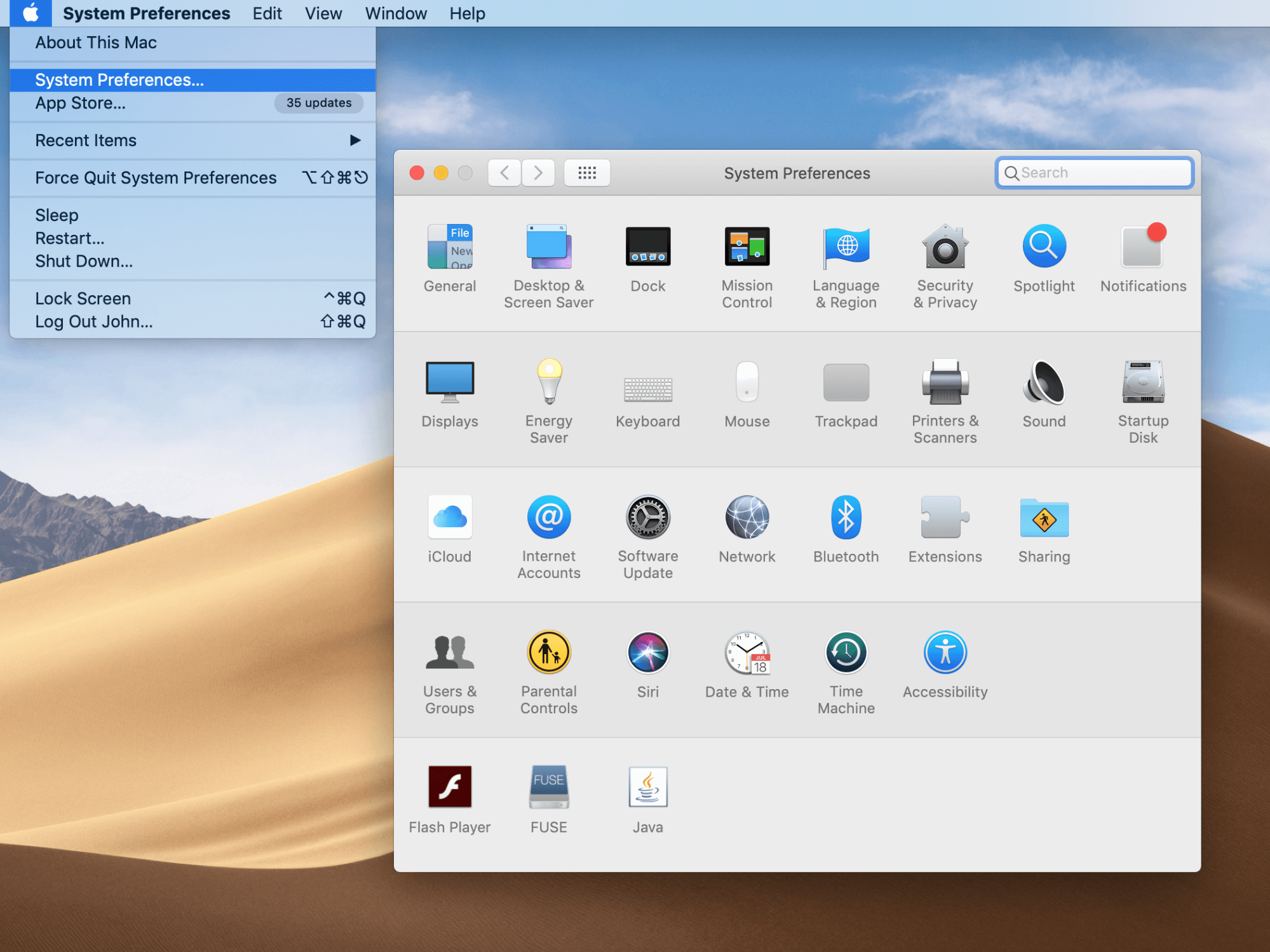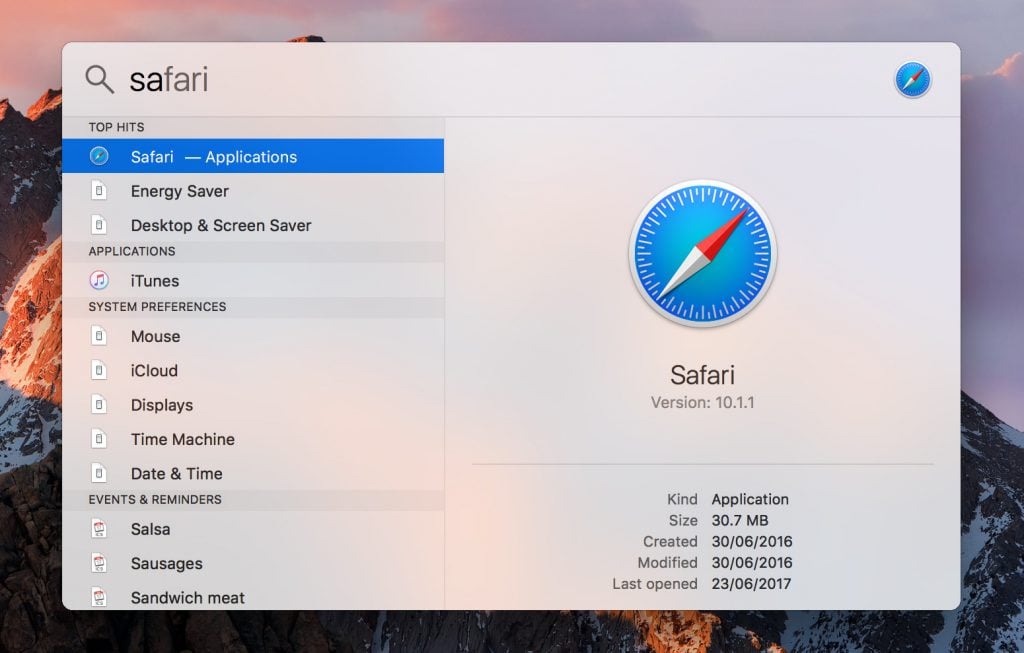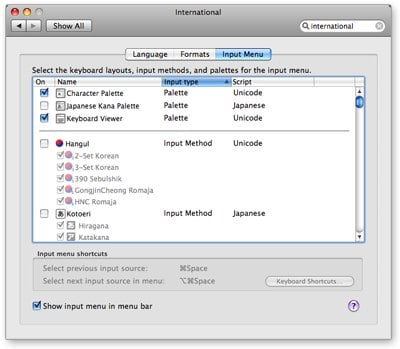

- #Keyboard shortcut mac system preferences mac os x
- #Keyboard shortcut mac system preferences windows
Unlike minimizing, the hide keyboard shortcut hides the window from both your desktop and dock, without closing it completely. Instead of minimizing your window with the yellow minus button up in the top left corner, you can quickly hide any window that's open on your desktop with the Command + H shortcut. Hide the window that's currently open on your desktop Continue holding down Command as you tap the Tap key to cycle through the apps and let go when the app you want brought to the front is highlighted.Ĭommand + Tab will bring up all your open windows.Ģ. As long as the window is open on your desktop, and not minimized in your dock, holding down on Command + Tab will bring up a window with all your open apps.

The first keyboard shortcut in this list is Command + Tab, which allows you to quickly step through every single app window open on your desktop.
#Keyboard shortcut mac system preferences windows
Cycle through all the open windows on your desktop Keep reading: We'll check out six not so commonly known keyboard shortcuts with the Command key that you need to know about.Īnd if you want to learn more about your Mac, check out the best MacOS Monterey features, as well as 10 tips to flex your superpowers on Mac. Yet, despite all the routine shortcuts it's known for, the Command key is much more important and powerful than you might think.Įven if you're a MacOS power user, you may not be acquainted with everything the Command key has to offer, such as the ability to quickly hide windows cluttering up your desktop or search for anything on your computer. With it, you can copy and paste text, undo previous commands, select all your items and much more. repeated software crashes of any of your log-in items, you can use Safe Start: Press and hold the Shift key immediately after clicking log-in or AFTER the spinning gear shows up (if you hit Shift too soon you will end in Safe Boot mode). Safe Start deactivates the user's log-in items.The Mac's Command key is arguably the most important key on your Apple keyboard.
#Keyboard shortcut mac system preferences mac os x
Apple logo: The boot loader now loads the Darwin Linux, the MAC OS X basis, and the Apple logo appears. Kernel and kernel extensions (KEXT) are loaded, and they take over the next steps.If it were unsuccessful, you'd then see either a circle with a slash or a "folder with a question mark". If it weren't there, the Mac would first look at all other bootable drives (internal hard drives, DVD, USB, network). It is stored on a hidden GUID partition on all bootable hard drives, the exact whereabouts are stored in the Macs PRAM by the "Start volume" preference pane or the Boot Camp assistant. Light grey display: Now the Mac flicks on its display and looks for the "Boot.efi" boot loader.

processor, RAM, LAN + WLAN, Firewire, USB). If you see a slowly pulsing LED or hear beeps every five seconds, you have a RAM problem. If everything is okay, the startup chime is heard.


 0 kommentar(er)
0 kommentar(er)
